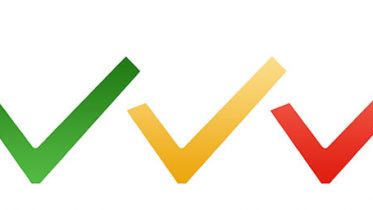What to expect for the Brazilian PTO backlog in 2019?
- 04 January 2019
- Articles
The year of 2018 was marked by harsh criticism on how the Government was dealing with the Brazilian PTO’s backlog problem. By far, the most controversial proposal was a new Regulation for a simplified allowance procedure that would establish the rules for an application to be automatically allowed (without substantial examination). Until today, the Regulation has not been implemented.
Alternative/less traumatic solutions were created by the PTO to deal with the backlog, like signing more PPHs (Patent Prosecution Highway), investing in technology, improving internal processes and procedures, using PTO’s regional units to examine patent applications and a push to increase productivity, e.g., through a home-office program for examiners.
In the trademark side, the average time of examination was reduced to less than half, when compared to 2017. This specific effort was made so as to make it possible for Brazil to join the Madrid Protocol. According to PTO’s official publication, the backlog of trademark applications was reduced from 358,776 by the end of 2017 to 189,155 by the end of 2018. Until December, 205,896 new filings were received, an increase of approximately 10.6% over 2017. The timeline between filing and the technical examination of trademarks was reduced from 48 months (applications with opposition) and 24 months (applications with no opposition) to 13 and 12 months, respectively. Objective for 2021 is 8 and 4 months.
The situation in patents is still very dramatic, despite the efforts made by the PTO. In 2016 the backlog has reached its worst level of the decade, with 243,820 applications pending a final decision. In 2018 the projections show 207,195 applications in the backlog. In areas like pharma and telecom, a decision may take up to 13 years to be issued. Maybe for some pharma cases this is interesting, as in Brazil patents may have an expiration date of 10 years after grant – which is the case for most of the patents currently being granted – but for inventions involving products of a short shelf life, this is definitely unacceptable. The average time for a final decision in 2018 was 10 years. Objective for 2021 is 5 years.
Since January 1st, 2019 these rather aggressive objectives seem more aligned with the new political environment. Brazil has a new president – Jair Bolsonaro. Aligned with the campaign promises, the Brazilian PTO no longer reports to the Ministry of Industry, Foreign Trade and Services, but to the newly created, particularly powerful, Ministry of Economy (which now includes Planning and Foreign Trade). The PTO is under the Special Secretariat for Productivity, Employment and Competitiveness, led by Carlos Alexandre da Costa, a former member of the transition team of the new president.
Carlos Alexandre da Costa is an Economist (with a PhD from UCLA), has previously worked in a variety of academic activities and has recently worked at the Brazilian development bank (BNDES). Mr. Costa states that he will act to make the business environment simpler for business owners and will also deal with the issue of incentives. In a recent statement, he recalled that in 1980 a Brazilian worker produced on average 40% of his US equivalent in an equal number of hours. Today, labor productivity in Brazil represents 23% of the US. “For me, this indicator portrays the failure of a model.”
Let’s hope this will be the same rationale for the current PTO’s backlog so that 2019 will bring very good news for IP applicants in Brazil.







